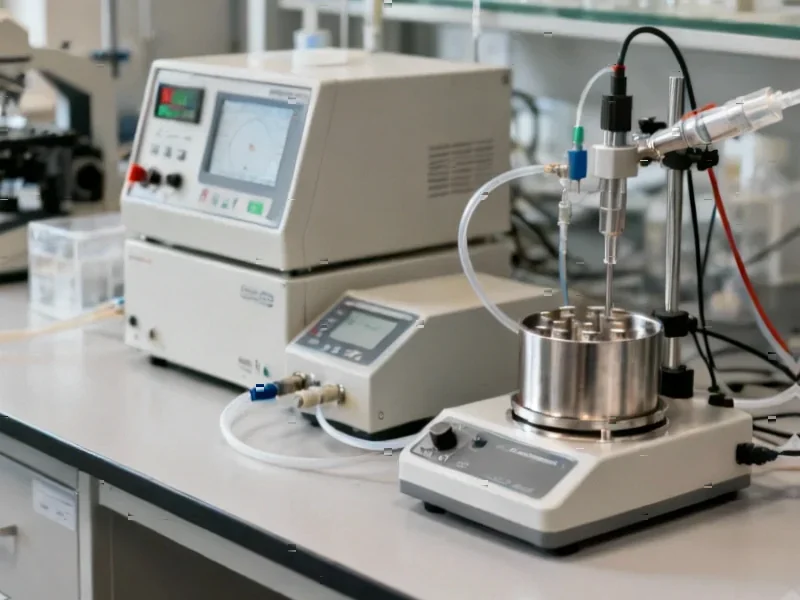According to SciTechDaily, University of Houston researchers have discovered that boron arsenide crystals can achieve thermal conductivity above 2,100 watts per meter per Kelvin at room temperature, potentially outperforming diamond’s long-standing record. The findings published October 10 in Materials Today challenge existing scientific models that had capped BAs at 1,360 W/mK. Professor Zhifeng Ren, corresponding author, stated “We trust our measurement; our data is correct and that means the theory needs correction” after his team produced cleaner crystals using purified raw arsenic and improved synthesis techniques. The breakthrough came through collaboration between UH’s Texas Center for Superconductivity, UC Santa Barbara, and Boston College researchers, supported by a $2.8 million NSF grant and industrial sponsor Qorvo.
Why This Actually Matters
Here’s the thing about thermal conductivity – it’s not just some academic curiosity. Every piece of electronics you own generates heat, and getting rid of that heat efficiently is the difference between a device that lasts years versus one that cooks itself to death. Silicon, our current semiconductor workhorse, is basically terrible at moving heat away from where it’s generated. That’s why your phone gets hot during video calls and why data centers need massive cooling systems.
Boron arsenide changes everything because it’s not just a better heat conductor than diamond – it’s also a semiconductor itself. Basically, we’re looking at a material that could handle both the computing and the cooling in one package. And it’s cheaper to make than synthetic diamonds since you don’t need extreme pressures and temperatures. Ren wasn’t exaggerating when he called it “wonderful” – having high thermal conductivity, wide band gap, high carrier mobility, and good thermal expansion properties all in one material is basically the semiconductor holy grail.
Theoretical Revolution in Progress
What’s really fascinating here is how this discovery proves that sometimes you shouldn’t let theory limit experimentation. Back in 2017, revised models that added four-phonon scattering basically told researchers “stop trying, BAs can’t get better than 1,360 W/mK.” Most people listened. But Ren’s team looked at the imperfect samples everyone was testing and thought – what if we just make better crystals?
Turns out the problem wasn’t the material’s fundamental limits, but our ability to create pure versions of it. When they cleaned up their synthesis process and used higher purity arsenic, boom – thermal conductivity shot up past 2,100 W/mK. This is why Ren is now openly challenging theorists to revisit their models. “You shouldn’t let a theory prevent you from discovering something even bigger,” he said, and honestly he’s got a point.
Where This Could Actually Change Things
Think about your smartphone not just getting faster, but actually running cooler during intensive tasks. Imagine data centers that don’t need massive air conditioning bills because the chips themselves handle heat dissipation better. We’re talking about potential breakthroughs in everything from electric vehicle power electronics to 5G infrastructure to advanced computing.
The research is far from over though – the team believes they can push BAs’ thermal conductivity even higher as they continue refining their materials. And if theorists take up Ren’s challenge to re-examine thermal conductivity models, who knows what other “impossible” materials we might discover? Sometimes the biggest breakthroughs happen when someone decides to question what everyone “knows” is true. The full study is available at Materials Today if you want to dive into the technical details yourself.




